When I do strategic planning sessions for nonprofits, I often incorporate a “3-minute Rule.” If you find yourself talking for more than three minutes, you need to stop. This might prove difficult for a paragraph person. I don’t do this to stifle the conversation, but rather to keep all the participants actively engaged. Our phones and social media have lowered the average person’s attention span to 8.25 seconds…Yes, SECONDS. We can solve several problems in a strategic planning session, but not that one.
We all know someone whose communication style allows them to monologue as if they don’t need oxygen or use a 1,000 word email, complete with paragraphs, to say “yes” or “no”. If you’re like me, the pontification tests your patience. That’s why when a job applicant asked me this question in an interview recently, I thought it was the most brilliant question ever presented on either side of a hiring arrangement:
Me: Do you have any questions for me?
Candidate: Are you a paragraph person or do you prefer bullet points?
My response: Um…what?
Candidate: Do you prefer to communicate quickly and efficiently or do you prefer some narrative around things?
My response: Bullet points. You’re hired!
Kidding…While the candidate was not the right fit for the position, her brilliant question left me smiling. She understood the value of learning the communication style of her counterparts and the organization.
Paragraphs Kill Conversations
Busy people hate over-communication (as is common with paragraph people), and most people would describe themselves as busy. Burying your point, question, or proposal into too much fluff or unnecessary details burdens your reader and your objective. Here are some superfluous details I believe can (and should) be abandoned:
- Details about timing.
For example, “My apologies for sending this late! I’ve been busy…” (followed by a narrative of all their important busyness)
So, you’re late following up. Get on with it!
- Unnecessary details around a clear answer.
For example, “Yes, I would love to speak at your conference. Obviously, it’s the specific needs and timelines that dictate these things so the sooner we can meet, the better.”
Let your yes be yes, and your no be no!
- Overgreeting.
For example, “Hey there! It’s been so long since we spoke last. What are you up to? Any big plans this summer? How are the kids?”
While the kindness and interest are lovely, a simple “How are you?” or “I hope you’re doing well!” will usually suffice.
We Don’t Have Time to Include _____ in this Decision.
You fill in the blank. Chances are, a decision or meeting has occurred where someone was left out intentionally due to their verbose nature. Can’t think of a time? Maybe it was you being left out!
I’ve seen this happen often, and it’s never out of malice. At the end of the day, we have to make tough calls and get to solutions quickly without inviting the devil’s advocate or historical authority on whatever the matter is. No one wants to be left out, so if you feel like decisions are being made without your participation, ask why! If the reasoning provided has to do with expediency or time, there’s your sign you may want to look at being a more efficient communicator.
Paragraph People Are Not the Enemy
Although they may be less efficient, people who prefer the narrative style of communication are often better storytellers and linguists. Whatever inconveniences they may present in business operations, they make up for in life situations (you don’t want a bullet-point person sending a sympathy card).
Most importantly, the world, including your donors, volunteers, and clients, consists of many communication styles. Learning to read the preferences and style of your colleagues and partners is a skill that will serve any nonprofit leader – especially when it comes to funding appeals. To close, I’ll stay true to my bullet-point-loving self and provide a few parting tips:
- Keep It Simple Sweetie (K.I.S.S.). A concise and direct response or explanation is always appreciated. Your correspondent can always ask for more information!
- Look for eye contact. If you’ve lost connection with the person or people you’re talking to, you might as well take a breath.
- Use Grammarly for written correspondence. This genius platform will point out excess words or unneeded phrases. Plus, the premium version is free for nonprofits!
Katie’s nonprofit career includes a variety of leadership roles for human service, foundation, and publishing-related nonprofits, as well as many volunteer roles. Under Katie’s leadership, nonprofit organizations have developed new programs related to free healthcare, affordable and accessible housing, and literacy programs for K-12 students. In her first Executive Director role, Katie increased the annual revenue of the organization she led by 300% and received the top grant prize in the nation for affordable housing through the Federal Home Loan Bank of Indianapolis. She went on to help establish Do More Good, a nonprofit educational platform that eventually merged with Nonprofit Hub, one of the largest free content sites for nonprofits in North America.
Today, Katie serves as the contracted leader of Inform USA in addition to her work with Nonprofit Nav and as an adjunct professor of nonprofit leadership and fundraising for Cornerstone University.
Her educational background includes an undergraduate degree in business administration and a master’s degree in nonprofit leadership.
Katie serves on the boards of Gracious Grounds, the Grand Haven Children’s Museum, and the National 211 Steering Committee.

Recent Comments